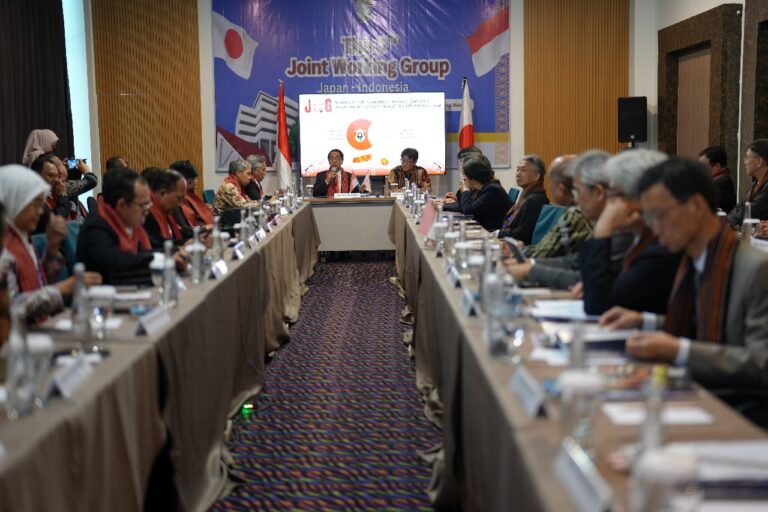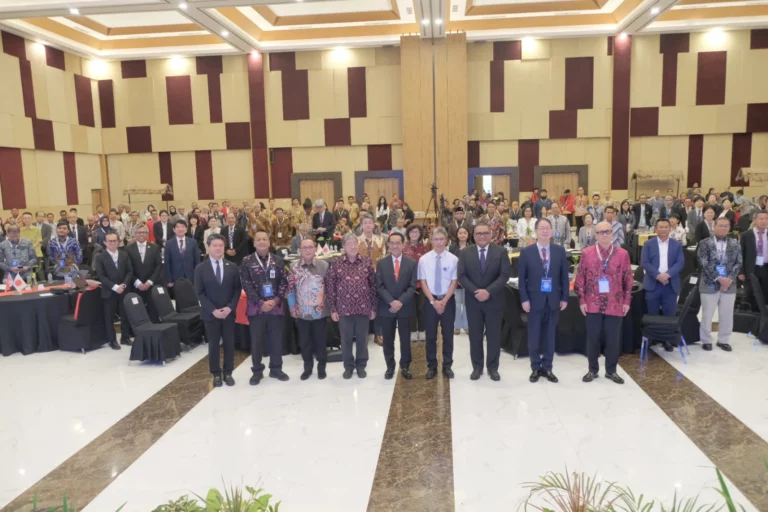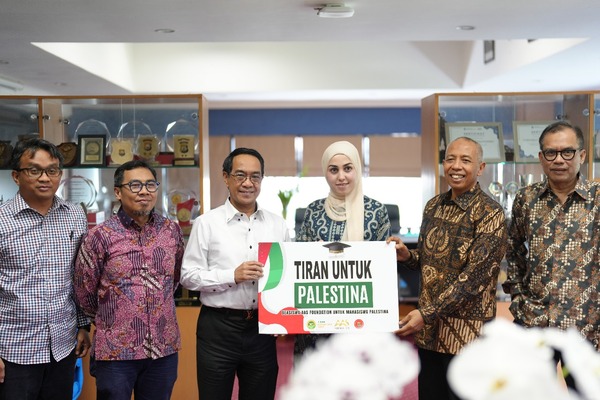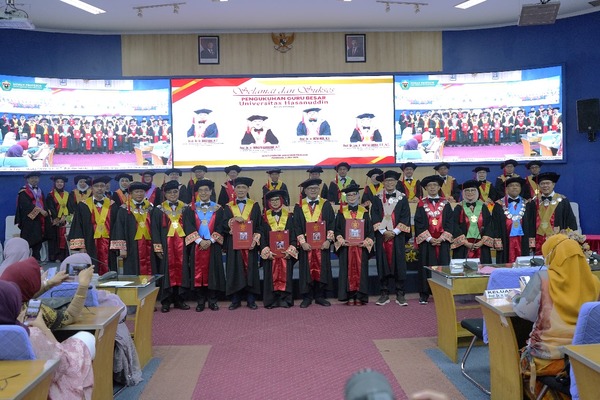Many of the products distributed to the Indonesian communities have been patented by other states, in this case Japan, which has used many of Indonesia’s natural resources. It has been known that many of the Japanese patents originate from Indonesian materials. The reality thus reflects how Indonesia has yet to maximize its natural resources potentials.
“For example with the patent entitled “Anti Aging Agent” that utilizes sambiloto and kamukus. “Hair Tonic” that made use the Java chili, and “Beautifying and Whitening Dermal Preparation for External Use” that makes use of gambir lumping,” explained by Amran Laga during his Scientific paper presentation entitled “The Protection of Intellectual Property Rights” during the event: Socialization of Research of Patent and Intellectual Property Rights Development, taking place in Ipteks Building Unhas, Wednesday (3/8/2016).
He added that many other products utilized Indonesian raw materials for Japanese products. Other examples include, “Anti-Bacterial Agent” that originates from the gondopuro plant, galangal, and toothless gum leaf. Product “Preparation of Soybean Jam” from tempe, and the “Production of Baked Confectioneries Containing Fermented Soybean Mixed with Tempe.” All of the patents above have their registration numbers.
Economics and Industrialization
Arman further elaborates, that however complex and advanced our research results are, if it does not have any economic value that could be industrialized, patents will be non-feasible to achieve. An invention (idea and inventor) can agree upon licensing a product if based on the substantive and invention of the product, it is known to be new, comprise elements of the invention, feasible to be industrialized, and fulfills the regulations on patents.
“The inventions that satisfy the requirements of the Directorate-General of Intellectual property, would be given certificates,” stated Amran Laga.
The benefits encompassed in the protection of inventions through the patent system are that it could deter external stakeholders to exploit the economic and invention potentials. It would further prevent actors from developing inventions without any certifications or license, or by not involving the actors that have established the foundations of such an invention or technological development.
The refused patent applications can be based on several matters, including the invention does not classify as being new, not feasible to be industrialized, or does not fulfill the regulations on patent.






